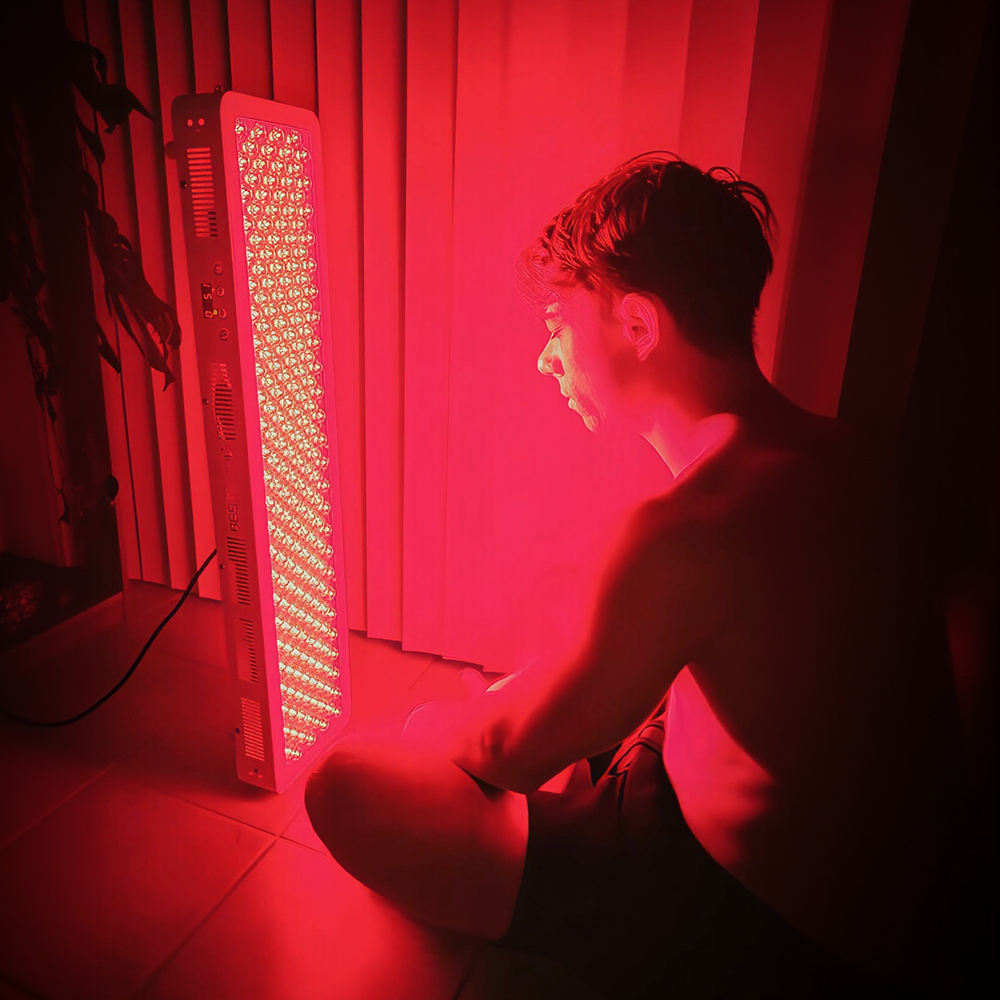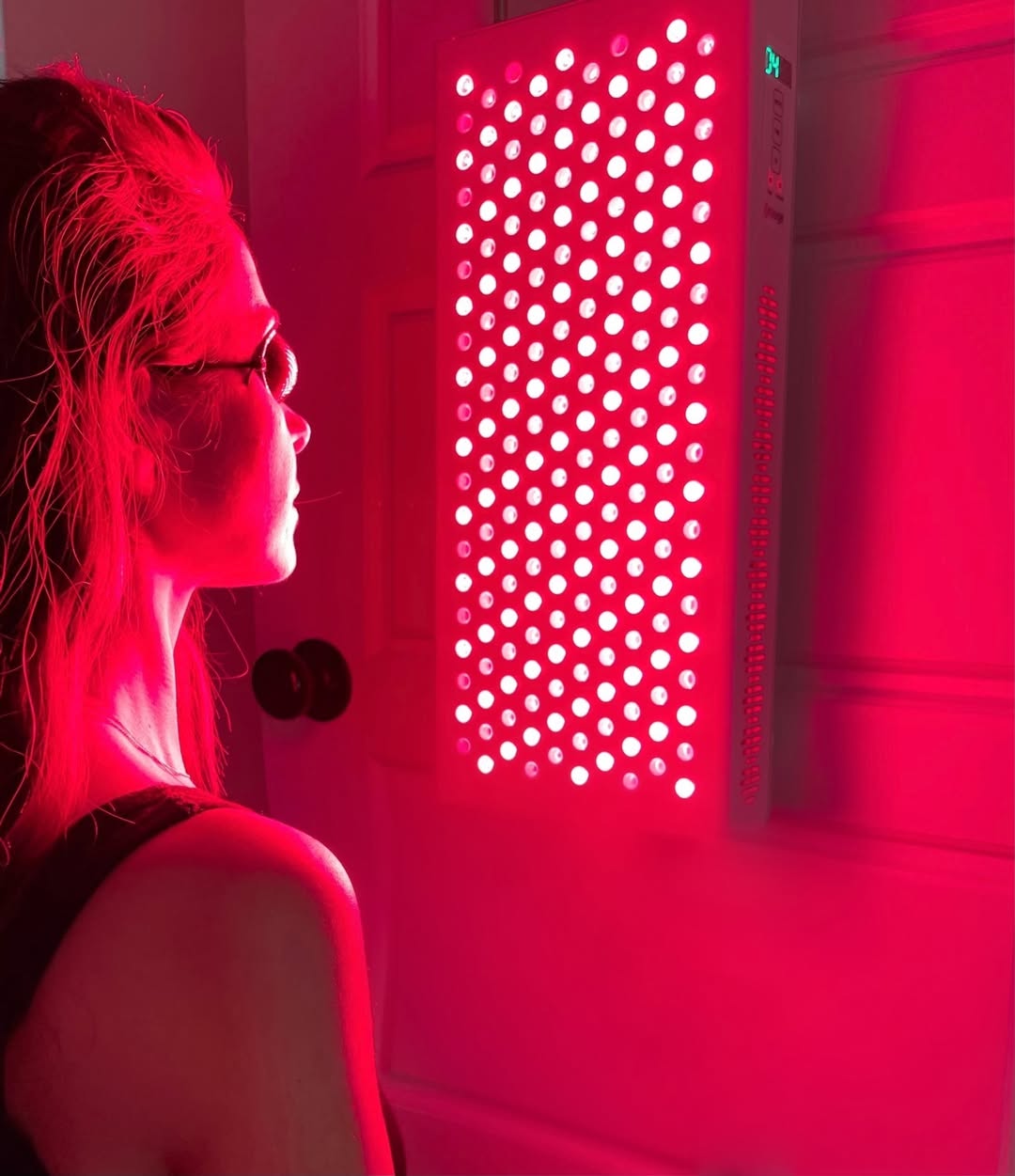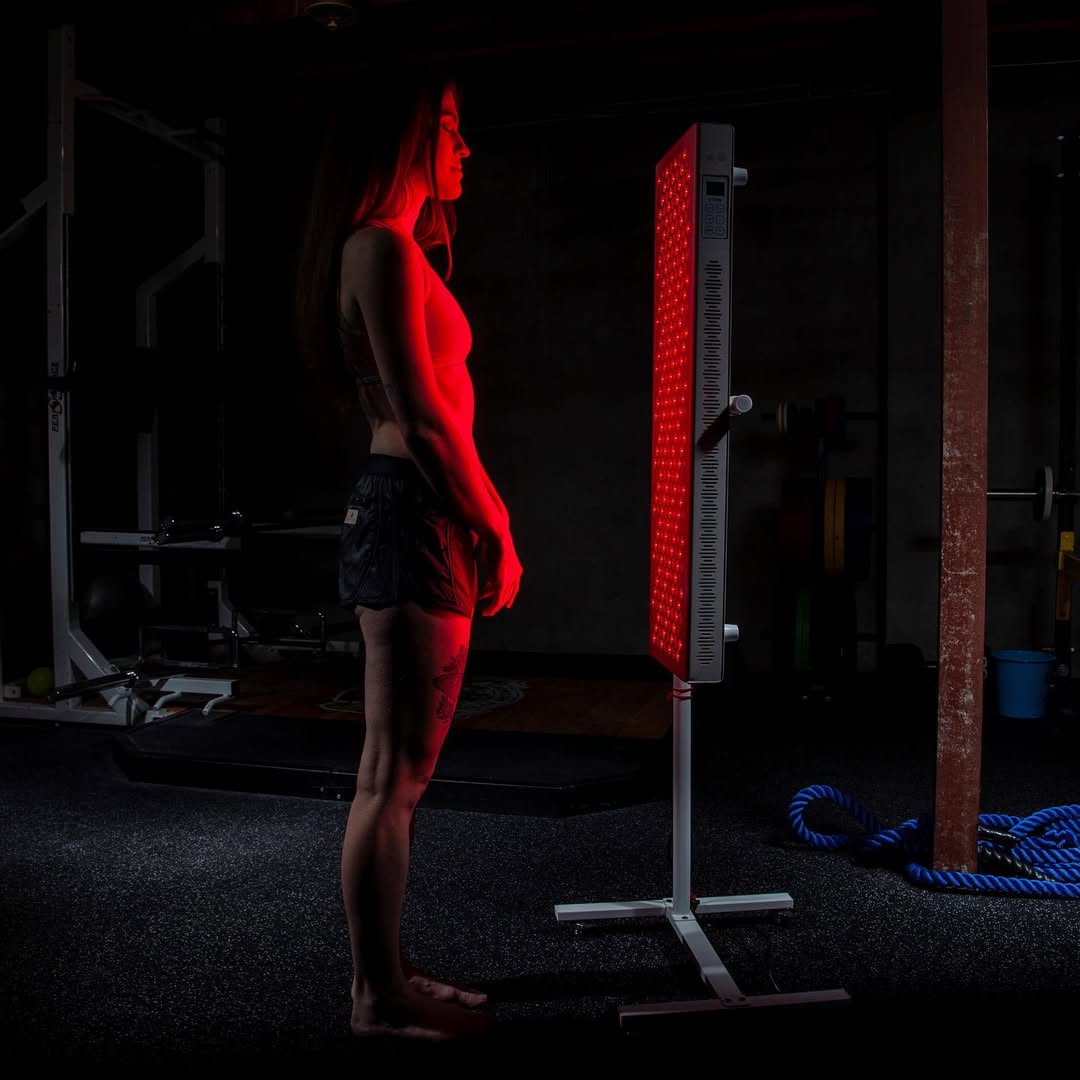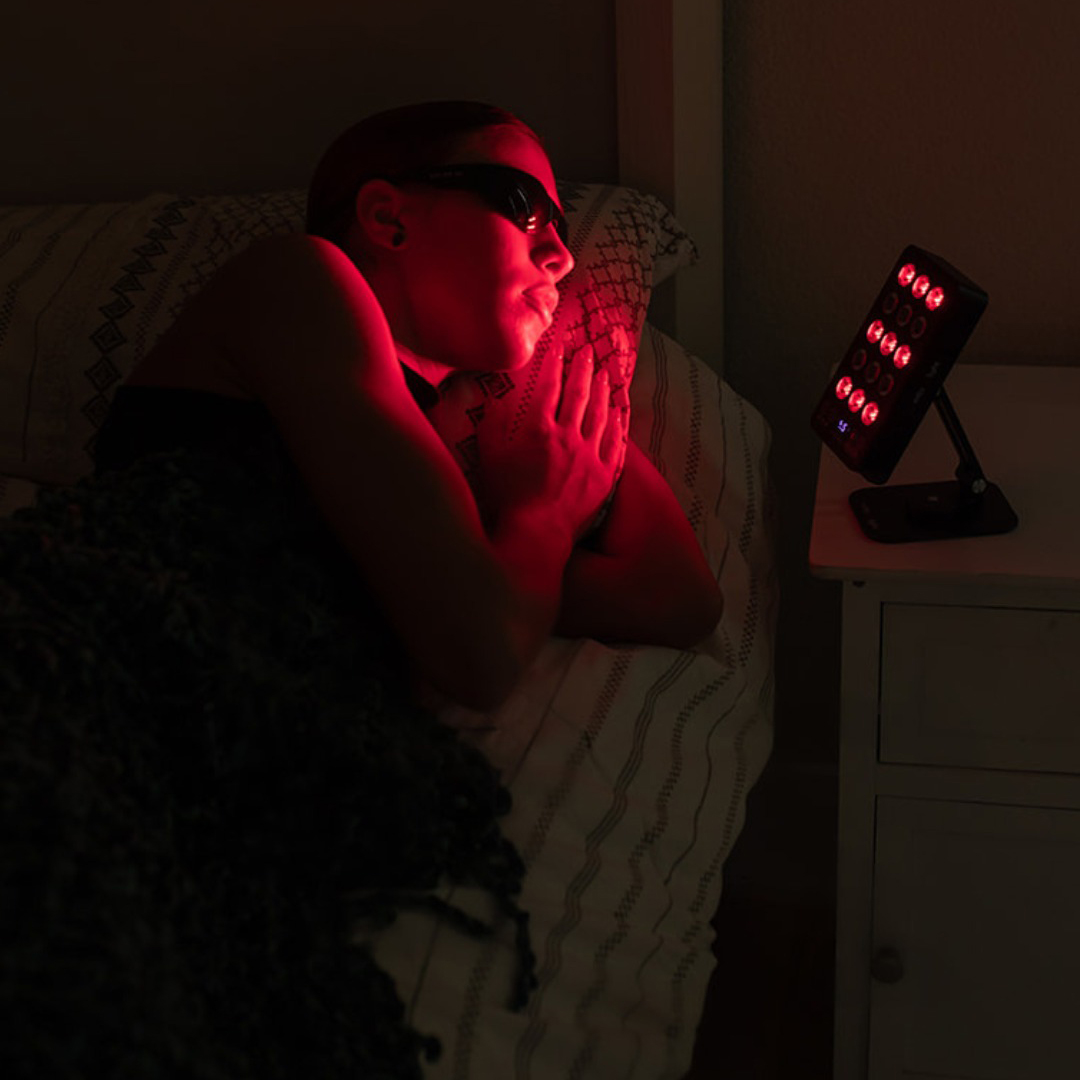![]() Free Shipping
Free Shipping ![]() Buy Now, Pay Later
Buy Now, Pay Later ![]() Eligible
Eligible
Can Red Light Therapy Help Fight a Cold? A Science-Backed Look
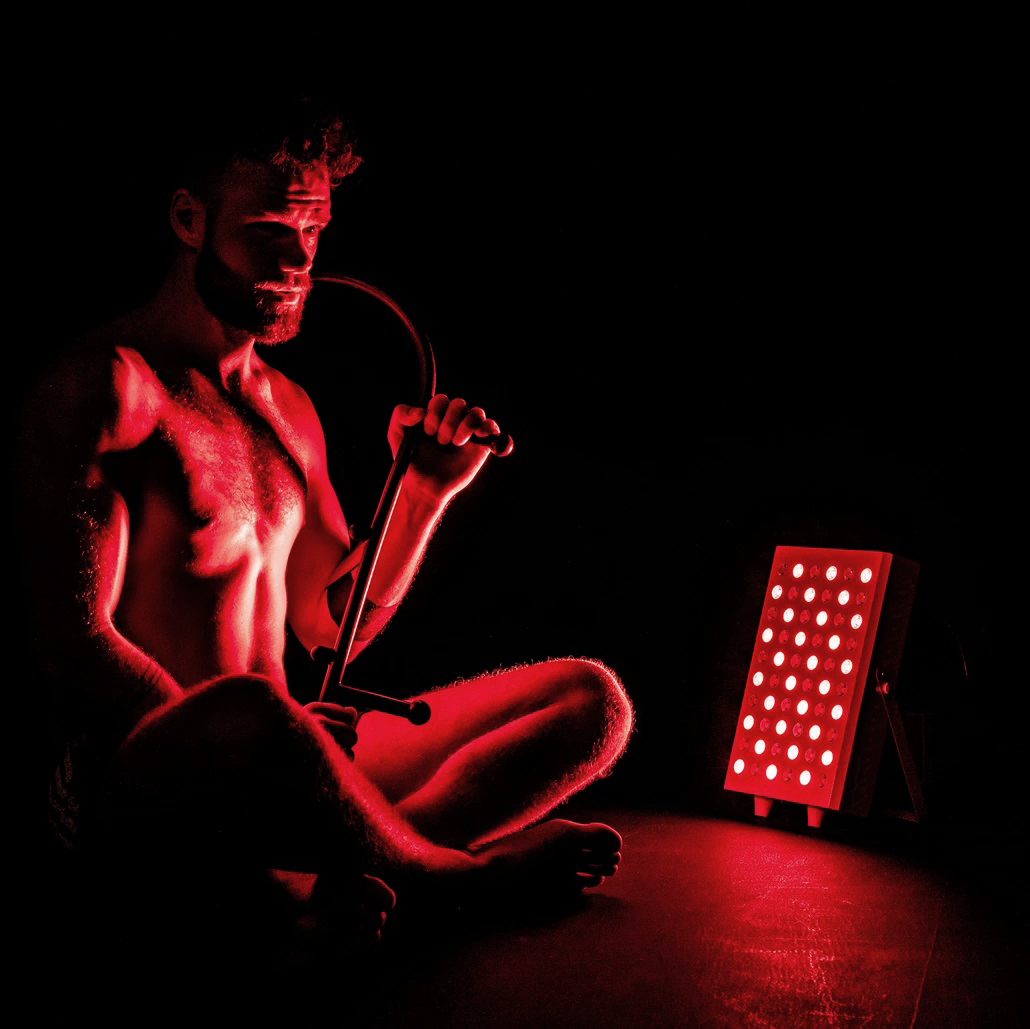
Feeling that familiar tickle in your throat and the onset of body aches? When a cold strikes, we all look for ways to speed up recovery. While rest and fluids are paramount, a growing body of research suggests that red light therapy (RLT) could be a powerful, non-invasive tool to support your immune system and alleviate symptoms.
This article delves into the science of how red light therapy interacts with your body’s defenses to potentially shorten the duration and lessen the severity of the common cold.
Understanding Red Light Therapy and the Common Cold
Red Light Therapy, also known as photobiomodulation (PBM), is a therapeutic technique that uses low-wavelength red and near-infrared (NIR) light. Unlike harsh UV light, this gentle light penetrates the skin and is absorbed by the mitochondria within our cells.
Think of mitochondria as the “powerplants” of your cells. When they absorb this light energy, they become more efficient at producing adenosine triphosphate (ATP), the fundamental fuel that powers all cellular activities. This boost in energy leads to a cascade of therapeutic benefits.
The Common Cold: A Viral Invader
The common cold is primarily caused by viruses, most commonly rhinoviruses. Your body’s response to this invasion—inflammation, mucus production, and activation of immune cells—is what causes the familiar symptoms: a runny nose, sore throat, cough, and general fatigue.
How Red Light Therapy Targets Cold Symptoms
The connection between RLT and cold relief lies in its fundamental biological effects. Here’s how it works at a cellular level.
Boosting Cellular Energy and Immune Function
The primary mechanism of RLT is the enhancement of cellular energy production. Immune cells, like lymphocytes and macrophages, are incredibly energy-dependent. By supercharging their mitochondria, RLT helps these cells:
- Replicate faster to mount a stronger defense.
- Function more efficiently in identifying and neutralizing pathogens.
- Promote faster repair of damaged tissues in the respiratory tract.
Dr. Michael Hamblin, a leading photomedicine researcher from Harvard, has stated: “It is clear that PBM can modulate the immune response, which can be either stimulatory or inhibitory. In the context of an infection, the immunomodulatory effects are generally stimulatory, leading to a better clearance of the pathogen.”
Reducing Inflammation
A sore throat and sinus pressure are classic signs of inflammation. RLT has been consistently shown to have potent anti-inflammatory effects. It helps reduce the production of pro-inflammatory cytokines and increases anti-inflammatory markers, leading to a direct reduction in swelling and pain.
Improving Blood Circulation
Near-infrared light, in particular, can penetrate deeper into tissues and stimulate the formation of new capillaries (angiogenesis) and improve circulation. Better blood flow means more oxygen and immune cells are delivered to the site of infection, and waste products are removed more efficiently.
Using Red Light Therapy for a Cold: A Practical Guide
If you’re considering using RLT to combat a cold, here’s a practical approach.

Best Practices for Treatment
- Target Areas: Focus the light on areas where you feel symptoms. For a sore throat, target the front and sides of the neck. For sinus congestion, target the cheekbones and forehead.
- Consistency is Key: For acute conditions like a cold, shorter, more frequent sessions are often more effective than one long session. A common protocol is 5-10 minutes per area, 2-3 times per day.
- Distance and Safety: Always follow the manufacturer’s guidelines for your specific device. Typically, you should place the device 6-12 inches from your skin. Never look directly into high-power LEDs.
Red Light Therapy vs. Traditional Cold Remedies
The table below compares RLT with common traditional remedies.
| Remedy | How It Helps | Key Advantage | Key Disadvantage |
|---|---|---|---|
| Red Light Therapy | Supports cellular energy, reduces inflammation, boosts immunity. | Drug-free, addresses root cause (cellular function), minimal side effects. | Requires access to a device, not an instant cure. |
| Over-the-Counter Meds | Suppresses symptoms (e.g., decongestants, pain relievers). | Provides fast, temporary symptom relief. | Does not fight the virus; can have side effects like drowsiness. |
| Zinc Lozenges | May interfere with viral replication in the throat. | Can potentially shorten cold duration if taken early. | Can cause nausea or a bad taste; effectiveness is debated. |
| Vitamin C | Supports general immune system function. | Widely available, good for general health. | Limited evidence for curing a cold once symptoms start. |
| Rest & Hydration | Allows the body to direct energy toward fighting the virus. | Fundamental and essential for recovery. | Requires time and patience; not a direct “treatment.” |
The Verdict: Is Red Light Therapy a Cure for the Common Cold?
No, red light therapy is not a direct cure for the common cold. There is no known therapy that can instantly eradicate the cold virus. However, the scientific evidence strongly suggests that it is a powerful supportive therapy.
By enhancing your body’s innate healing processes—supercharging immune cells, reducing inflammation, and improving circulation—RLT can help you fight the virus more effectively. This can potentially lead to:
- A shorter overall duration of the illness.
- Milder, more manageable symptoms.
- A faster return to normal energy levels.
While you should still prioritize sleep, hydration, and good nutrition, red light therapy presents a compelling, science-backed method to give your immune system a significant advantage. It shifts the battle in your favor at the cellular level. Investing in a quality red light therapy device may not just help you tackle a cold more effectively but also support your overall wellness and recovery from a wide range of conditions.



